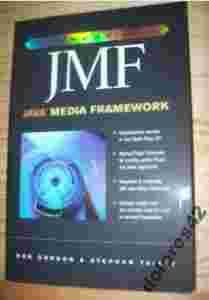Essential JMF: Java Media Framework, R.Gordon

Aukcja w czasie sprawdzania była zakończona.
Cena kup teraz: 25 zł
Użytkownik dolores42
numer aukcji: 2028550308
Miejscowość Warszawa
Wyświetleń: 13
Koniec: 13-01-2012, 15:48
Dodatkowe informacje:
Stan: Używany
Okładka: miękka
Rok wydania (xxxx): 1999
Kondycja: bez śladów używania
Język: angielski
Tematyka: Java
